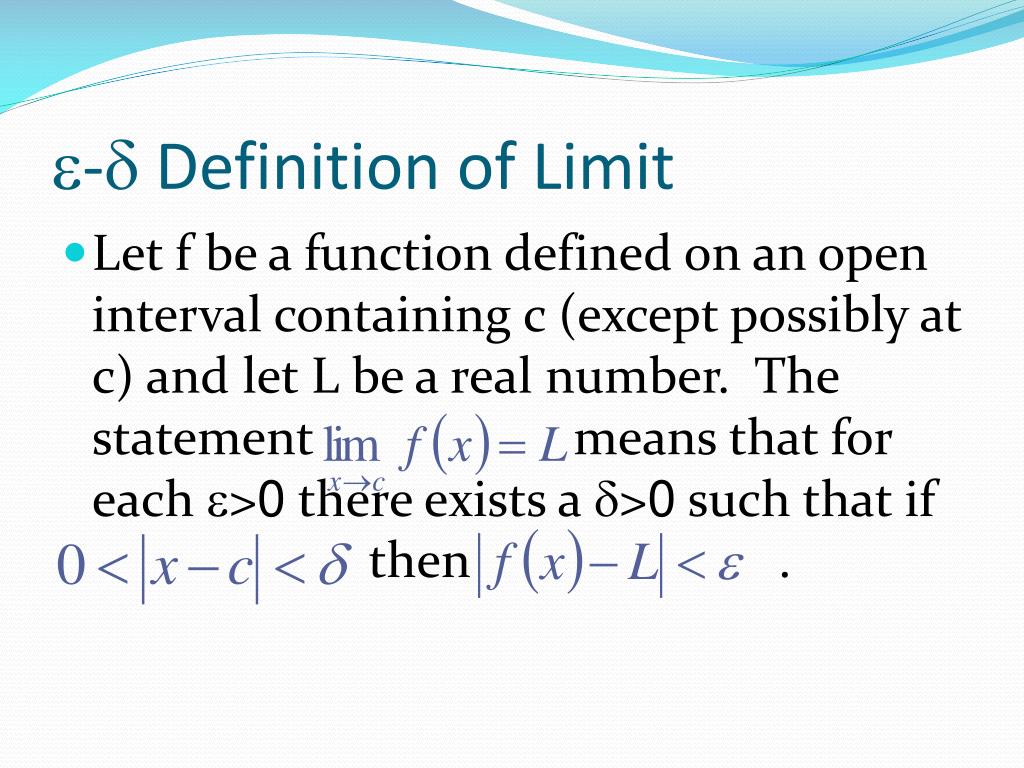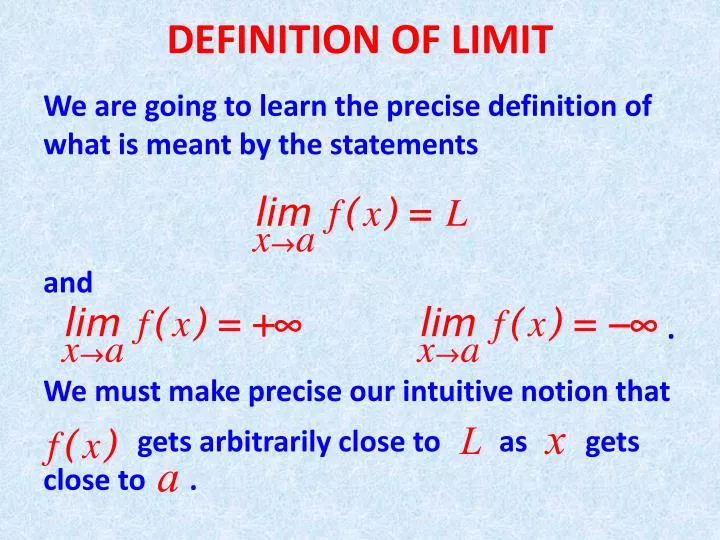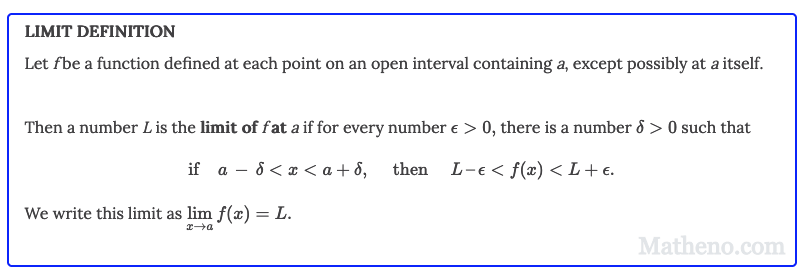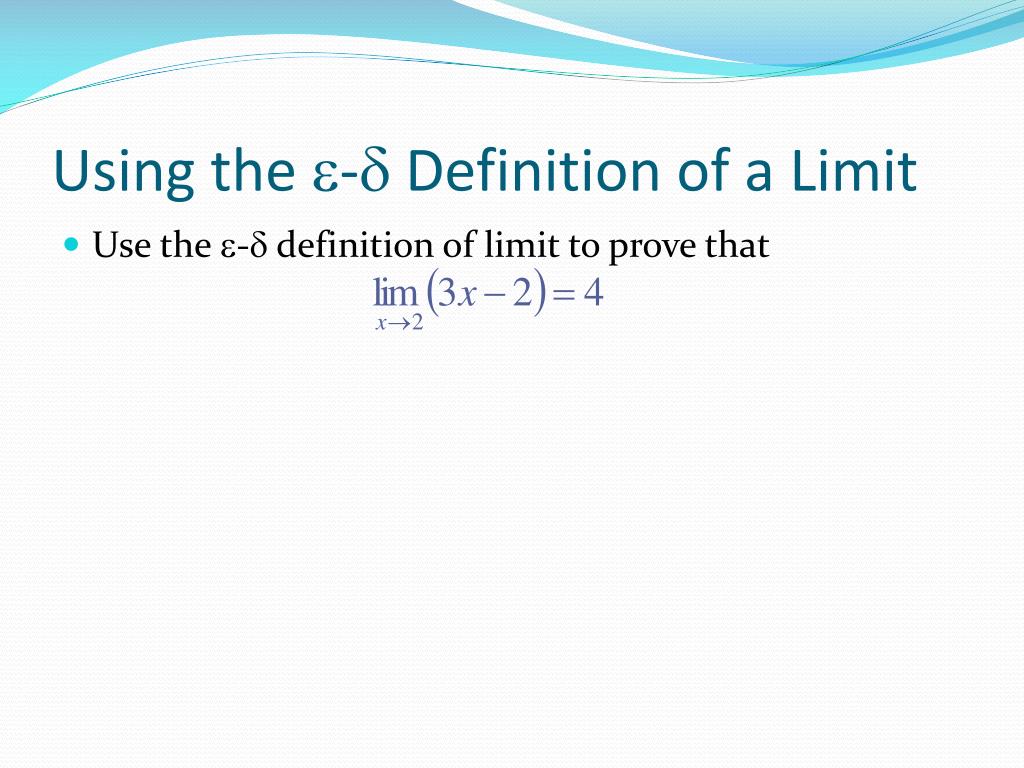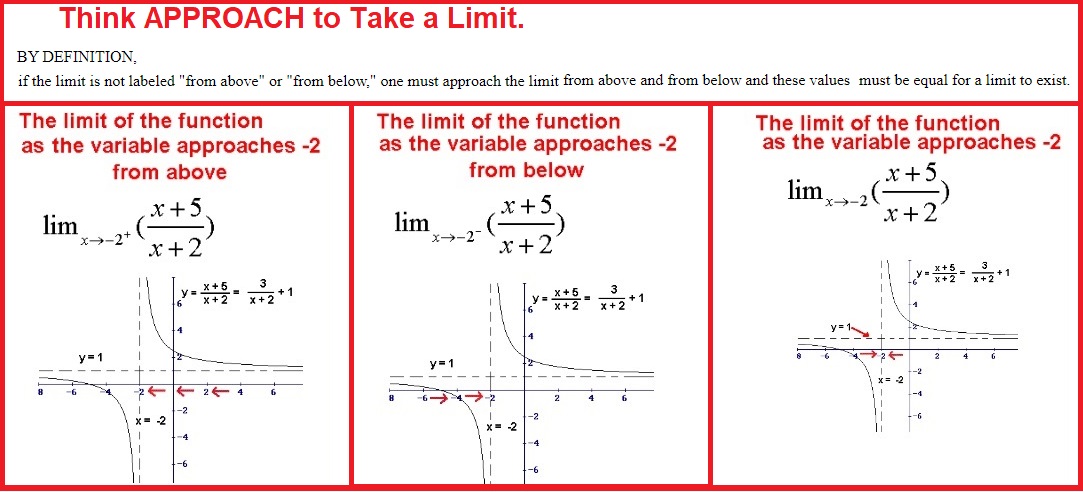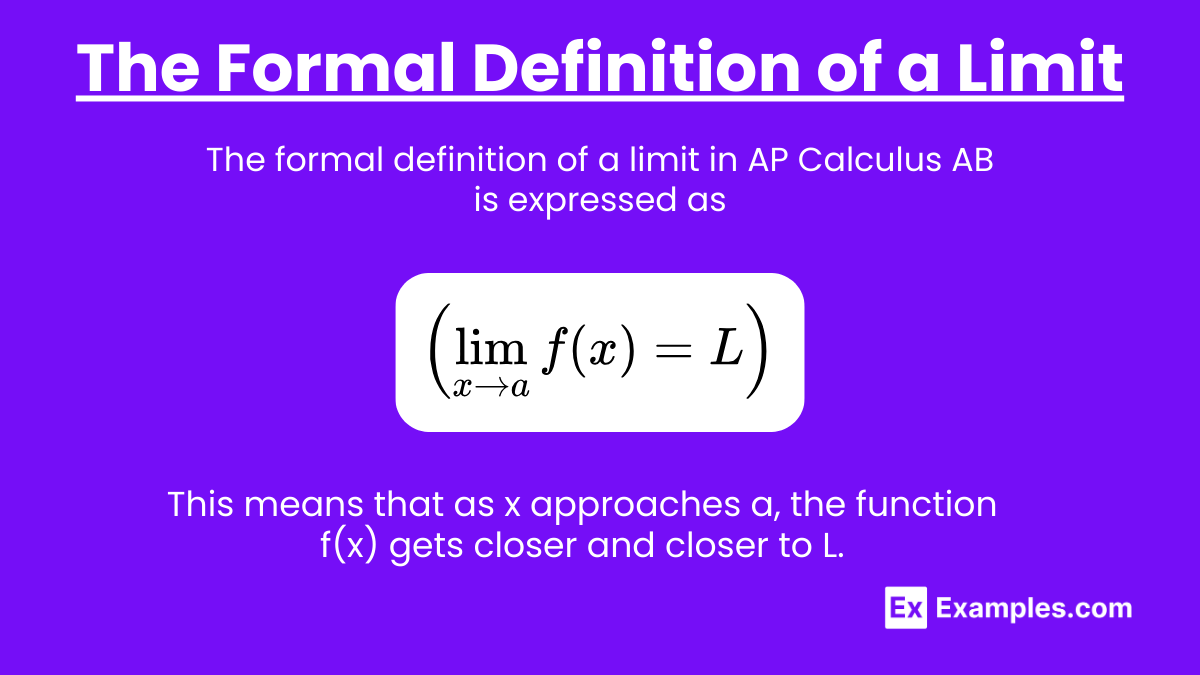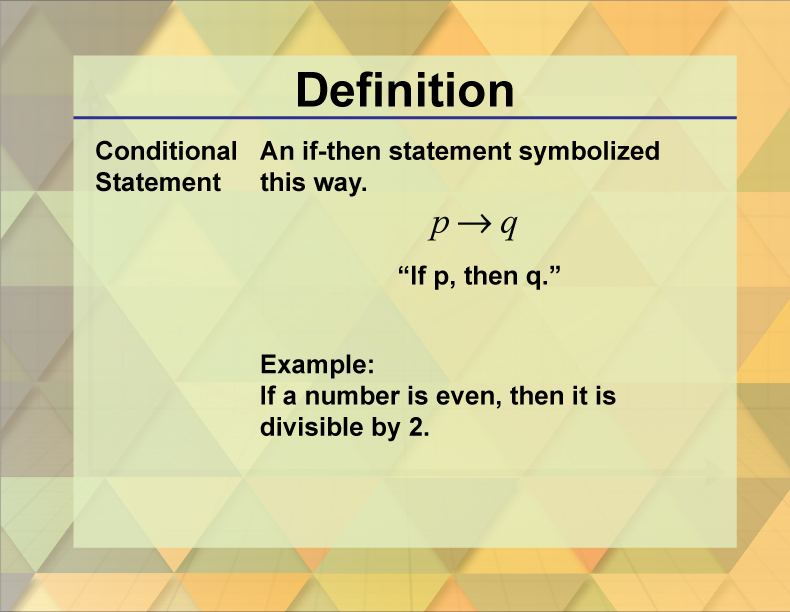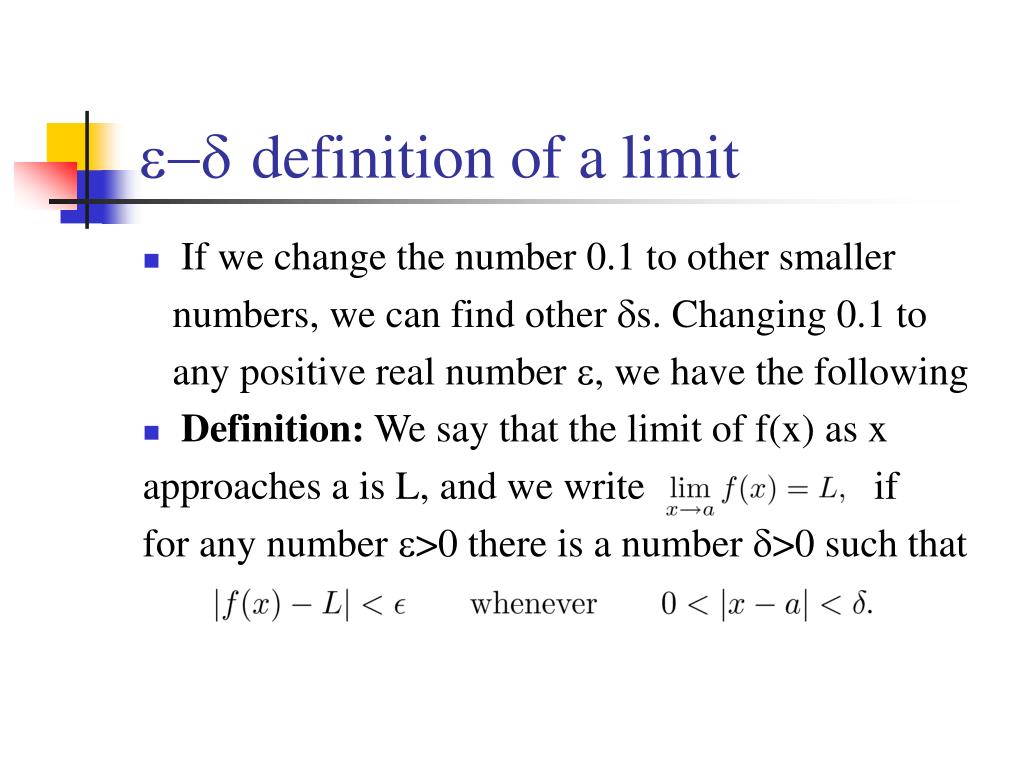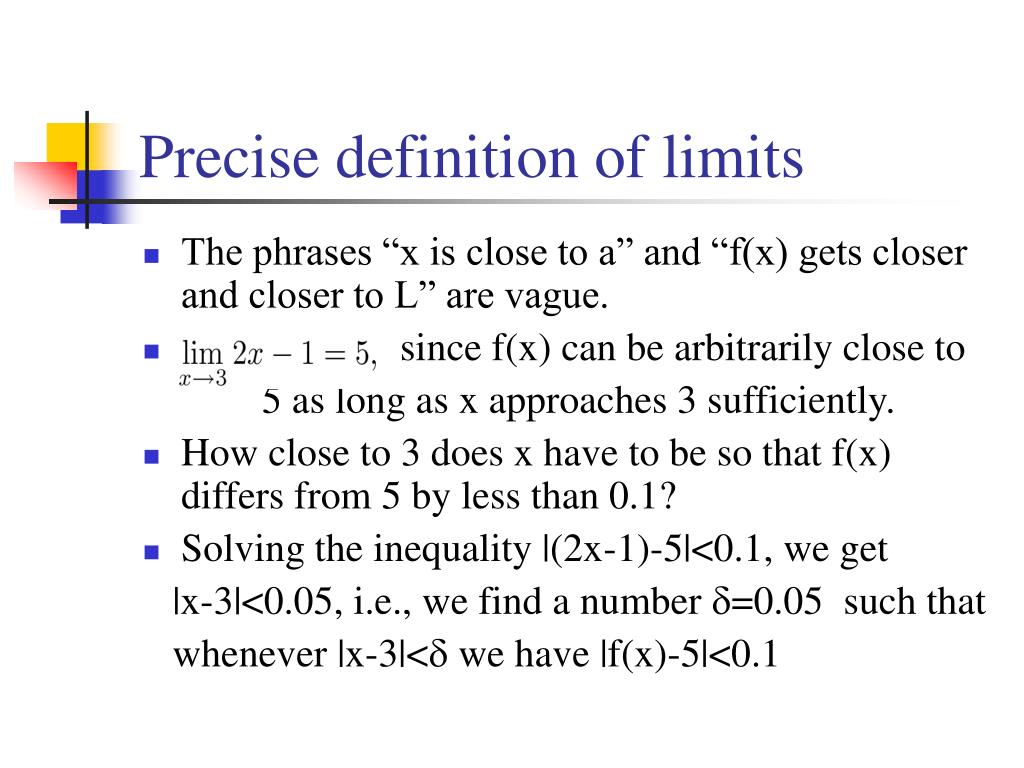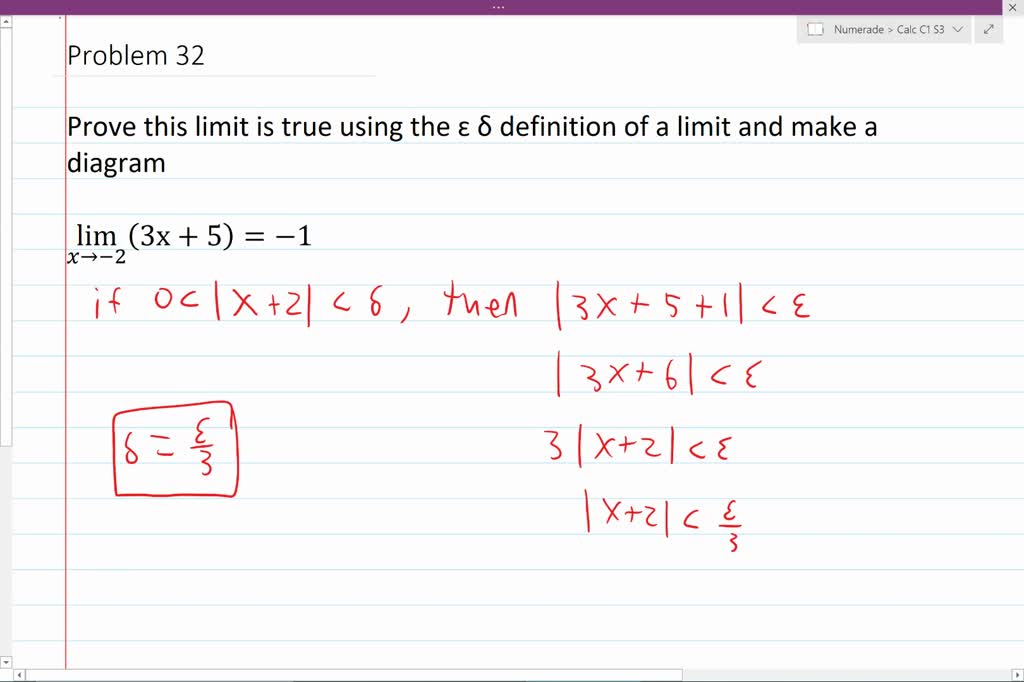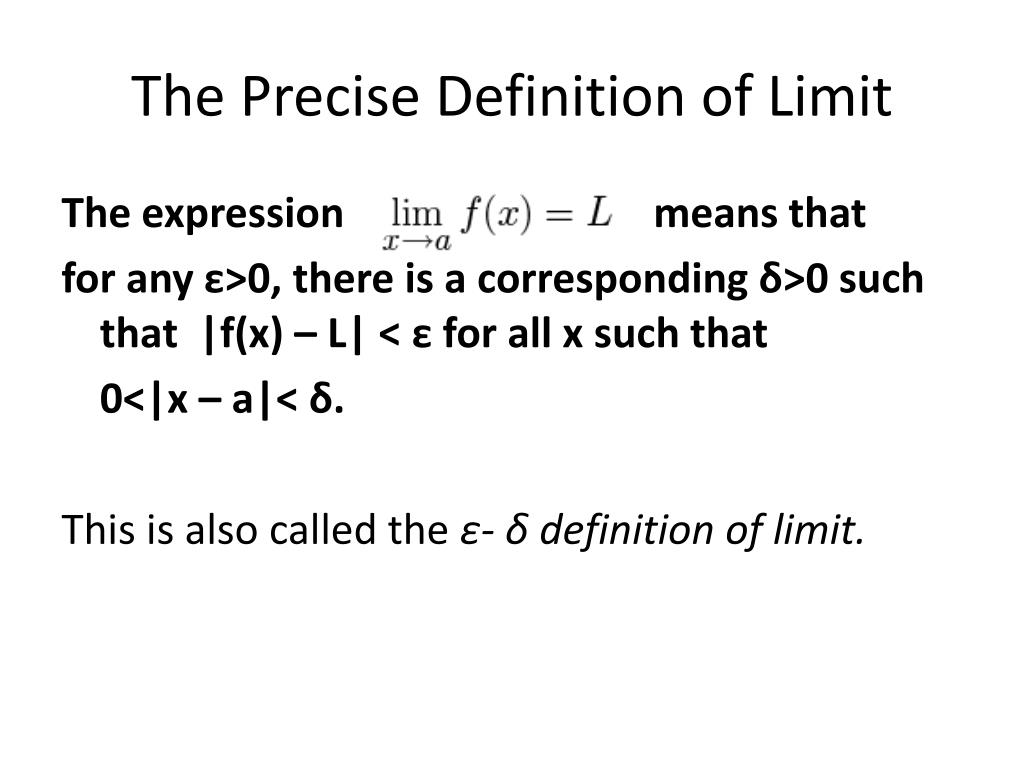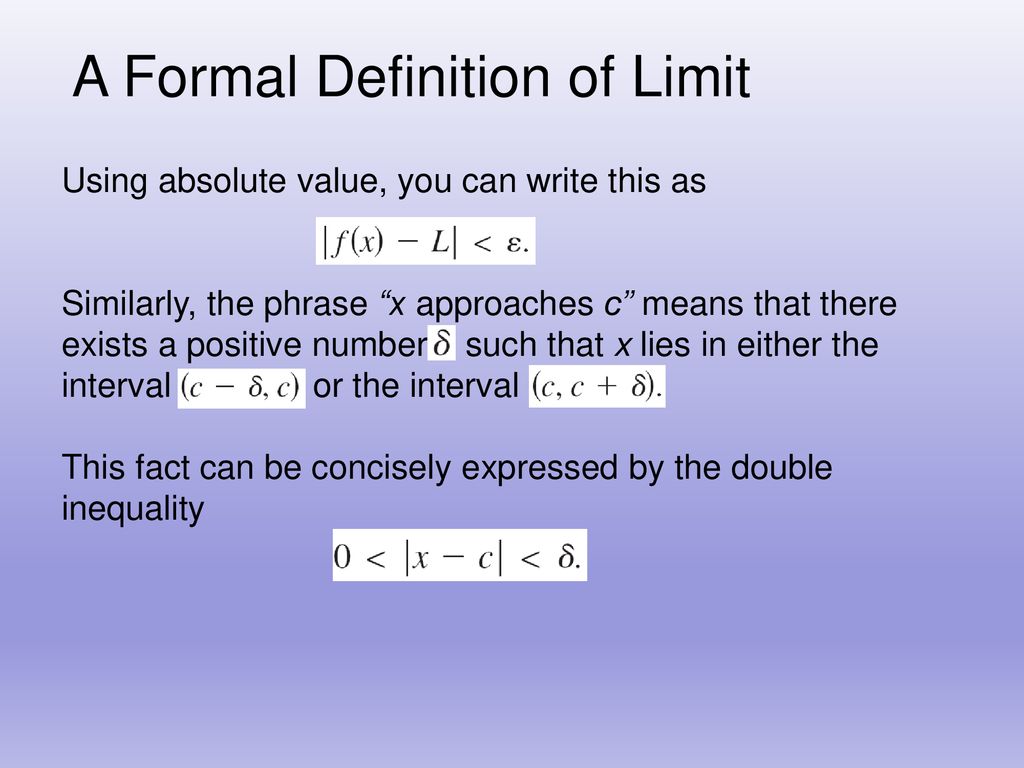The Term Limiting Date Is Defined By What Statement

Imagine a sprawling field of wildflowers, each unique and vibrant, blooming for a season and then gracefully fading, making way for new growth. The term limiting date, in various contexts, acts as the gentle hand guiding this natural cycle, defining the lifespan of a particular endeavor. But what precisely dictates this date? What statement sets the boundary?
The statement defining a term limiting date is the specific clause, declaration, or agreement that establishes the endpoint for a defined period. This date can be explicitly stated in a contract, regulation, or policy, or it can be derived implicitly from a set of conditions. Understanding how this date is determined is crucial for managing expectations, planning resources, and ensuring compliance across diverse fields.
The Essence of the Term Limiting Date
The concept of a term limiting date fundamentally revolves around the idea of a predefined duration. It serves as a critical marker, providing clarity and structure to projects, agreements, and even legal statutes. It acts as a bookend, signaling the end of a specific phase or commitment.
Without a clear term limiting date, ambiguity can breed uncertainty and disputes. Imagine a lease agreement with no specified end date – the potential for disagreements and legal battles is significant. The absence of such a date undermines the very foundation of the agreement.
Contractual Agreements: Laying the Foundation
In the realm of contracts, the term limiting date is often meticulously defined. Consider a standard employment contract: it typically includes a start date and either an end date or a statement specifying the contract's duration. This could be as simple as “This contract is valid for one year from the effective date.”
Similarly, commercial leases, service agreements, and loan agreements all rely on clearly defined term limiting dates. For example, a lease agreement might state, "This lease shall commence on January 1, 2024, and terminate on December 31, 2026." This unequivocal statement leaves no room for misinterpretation.
The statement must be explicit and unambiguous to ensure enforceability. Vague language can lead to costly litigation and undermine the intended purpose of the contract.
Regulatory Frameworks: Establishing Boundaries
Regulatory bodies also employ term limiting dates extensively. Consider environmental permits: these permits, allowing companies to operate within specific environmental guidelines, often have expiration dates. The statement defining this date is often part of the permit itself.
For example, a water discharge permit might stipulate, “This permit shall be valid for a period of five years from the date of issuance, expiring on [date]." This statement creates a clear timeline for compliance and renewal.
Moreover, legislation itself can include sunset clauses, which specify a date on which the law will automatically expire. This mechanism allows policymakers to evaluate the effectiveness of a law before making it permanent. This ensures responsiveness to changing needs.
Policy and Internal Procedures: Setting Timelines
Even within organizations, term limiting dates are essential for structuring projects, campaigns, and internal policies. Consider a company's marketing campaign: the project plan will typically outline a start and end date for each campaign element. This includes elements like advertising spends.
The statement defining the term limiting date for a marketing campaign might be included in the project proposal or internal memo, stating: “This campaign will run for three months, commencing on [date] and concluding on [date].” This ensures focused execution.
Internal policies, such as data retention policies, often specify how long certain data must be retained before being deleted. These statements define the lifespan of the data itself.
Examples in Action
Let’s delve into some specific scenarios to illustrate how the term limiting date is defined by the statement. In a grant agreement, the statement might read: "The grant period shall commence on [date] and terminate on [date], at which time all project activities must be completed, and a final report submitted."
In a software license agreement, it could state: "This license is valid for one year from the date of purchase and will automatically terminate on [date]." This clarifies the terms of use.
In a non-disclosure agreement (NDA), the clause defining the agreement's duration might state: "The obligations of confidentiality under this agreement shall continue for a period of five years from the date of execution, expiring on [date]." This protects sensitive information.
Implications and Considerations
The accurate determination and documentation of a term limiting date are crucial for avoiding future disputes and ensuring accountability. Ambiguity can lead to misunderstandings, legal challenges, and financial losses. Consider the potential consequences of a poorly defined expiration date on a crucial patent.
Furthermore, it's essential to consider any automatic renewal clauses or extension options. Some agreements may automatically renew unless explicitly terminated by a specific date, creating a perpetual obligation. Understanding these clauses is critical for effective management.
Regularly reviewing and updating term limiting dates is also necessary. As circumstances change, agreements may need to be amended or renegotiated to reflect new realities. This is particularly important for long-term contracts or policies.
Looking Ahead
As the world becomes increasingly complex, the importance of clearly defined term limiting dates will only continue to grow. From complex financial instruments to evolving regulatory frameworks, the need for clarity and precision is paramount.
Organizations and individuals alike must prioritize the accurate documentation and management of these dates. This requires a proactive approach, including regular audits and systematic reviews. It prevents unexpected lapses or violations.
By embracing best practices in contract management, policy development, and regulatory compliance, we can ensure that term limiting dates serve their intended purpose: to provide clarity, structure, and a framework for responsible decision-making. Ultimately, this helps to foster a more predictable and sustainable future.
In the same way that wildflowers bloom and fade, embracing a defined cycle of renewal, our endeavors benefit from clear beginnings and endings. The statement defining the term limiting date is more than just a formality; it's a foundation for progress, accountability, and the constant opportunity for fresh growth.
